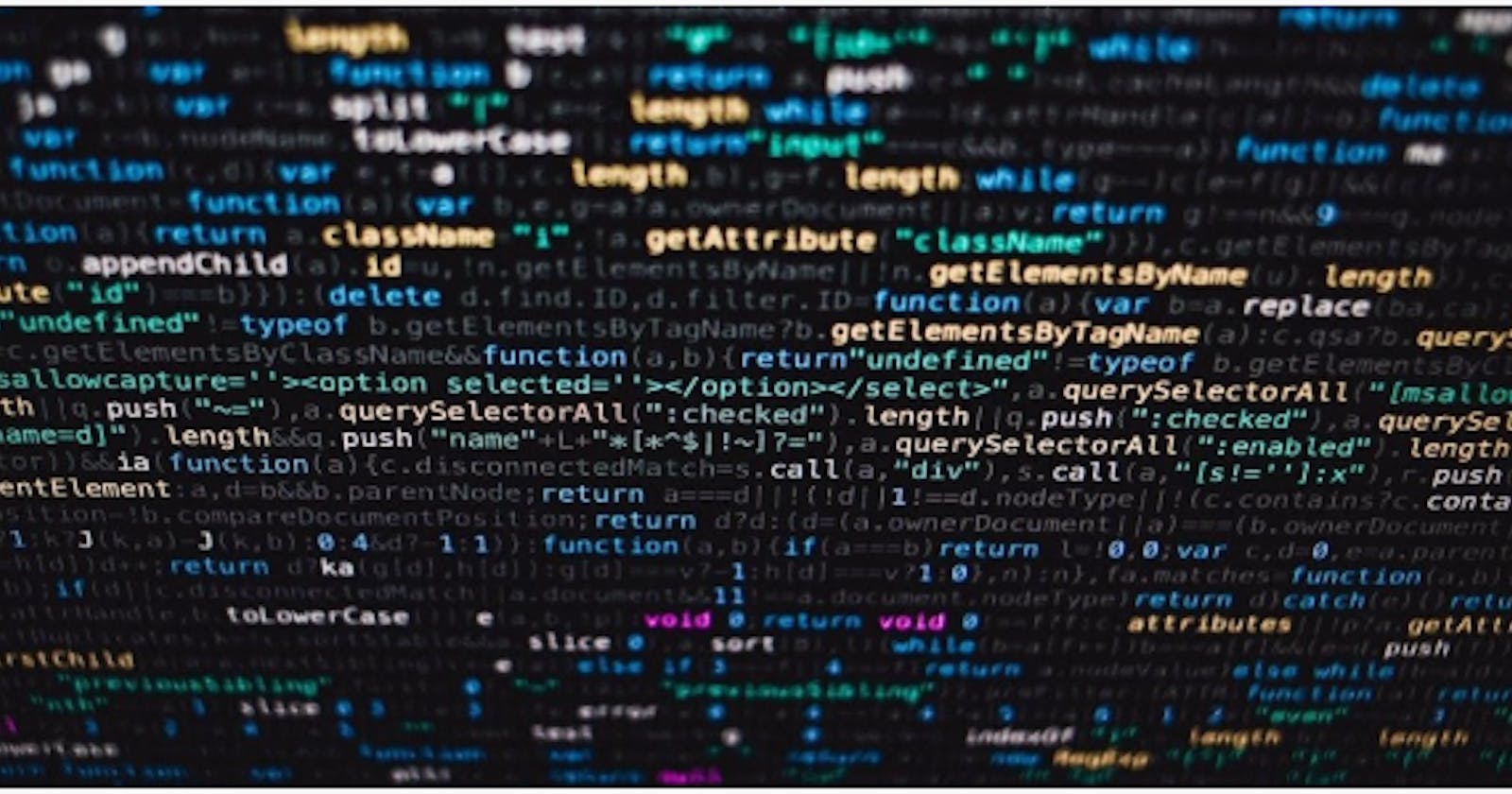1- What are Data Types in Python?
In Python, data types are the specific kinds of values that can be stored and manipulated in a program. Here are some of the most common data types in Python:
(a) Integers (int): These are whole numbers, positive or negative, such as 1, 2,-3, and 0.
(b) Floating-point numbers (float): These are numbers with a decimal point, such as 3.14 or -2.5.
(c) Strings (str): These are sequences of characters, enclosed in quotes, such as "Hello, world!" or "123".
(d) Booleans (bool): These are values that can be either True or False.
(e) Lists: These are ordered collections of items, which can be of any data type.
(f) Tuples: These are similar to lists, but they are immutable, which means that their contents cannot be changed after they are created.
(g) Dictionaries: These are collections of key-value pairs, where each key is associated with a value.
(h) Sets: These are unordered collections of unique items.
Python is a dynamically-typed language, which means that the data type of a variable is determined at runtime, based on the value assigned to it. For example, if you assign an integer value to a variable, its data type will be an integer, and if you later assign a string value to the same variable, its data type will be changed to string.
Understanding data types is an important part of programming in Python, as it allows you to manipulate values in the way that you want, and avoid errors caused by incompatible data types.
2- What is Data Structure in Python?
In Python, data structures are used to store and organize data in a way that makes it easy to access and manipulate. There are several built-in data structures in Python, including:
(a) Lists: Lists are used to store a collection of items in a single variable. They can hold any type of data, including other lists. You can add, remove, and modify elements in a list.
(b) Tuples: Tuples are similar to lists, but they are immutable, meaning that once you create a tuple, you cannot change its elements. They are used to store data that should not be modified, such as coordinates or dates.
(c) Dictionaries: Dictionaries are used to store key-value pairs. They are similar to lists, but each element is accessed by its key instead of its index. You can add, remove, and modify key-value pairs in a dictionary.
(d) Sets: Sets are used to store unique elements in a collection. They are similar to lists and tuples, but they do not allow duplicates. You can add, remove, and perform operations on sets, such as union, intersection, and difference.
(e) Strings - Strings are a sequence of characters. They are immutable, which means you cannot modify them after they are created. You can access individual characters in a string by their index.
(f) Arrays - Arrays are collections of elements of the same data type. They are mutable and can be used for mathematical operations.
Other data structures that are less commonly used in Python include deque, stacks, and queues. These data structures can be useful for specific types of problems, such as implementing algorithms or managing data structures with specific
performance requirements.
These data structures can be combined and nested to create more complex data structures, such as lists of dictionaries or sets of tuples. Understanding data structures is important in Python programming because it allows you to write efficient, organized, and maintainable code.
3- Give the Difference between List, Tuple, and Set.
Lists, tuples, and sets are all different types of data structures in Python that can be used to store multiple values. Here are the key differences between them:
Lists: Lists are one of the most commonly used data structures in Python. They are mutable, meaning you can change their contents. Lists are created using square brackets [ ] and can store any type of data, including other lists. You can access individual elements of a list using their index number, and you can modify, add, or remove elements as needed.
syntax:

Output:

Tuples: Tuples are similar to lists, but they are immutable, meaning you can't change their contents once they're created. Tuples are created using parentheses ( ) and can store any type of data, just like lists. You can access individual elements of a tuple using their index number, but you can't modify, add, or remove elements once the tuple is created.
syntax:

output:

Sets: Sets are another type of data structure in Python that are used to store multiple values. Unlike lists and tuples, however, sets are unordered and do not allow duplicates. Sets are created using curly braces { } or the set() function, and they are useful for performing set operations such as union, intersection, and difference.
output:

output:

In summary, lists are mutable, tuples are immutable, and sets are unordered and do not allow duplicates. Depending on your specific needs, you may choose to use one data structure over another.
-------[TASK]-----------
1- Create a Dictionary and use Dictionary methods to print your favorite tool just by using the keys of the Dictionary.
syntax:

output:

2- Create a List of cloud service providers and Write a program to add Digital Ocean to the list of cloud_providers and sort the list in alphabetical order.
syntax:

output:

Thank you for taking the time to read my blog on Python Data Types and Structures! I hope you found the information useful and informative. If you have any questions or feedback, please don't hesitate to reach out. Stay tuned for the more informative content!
